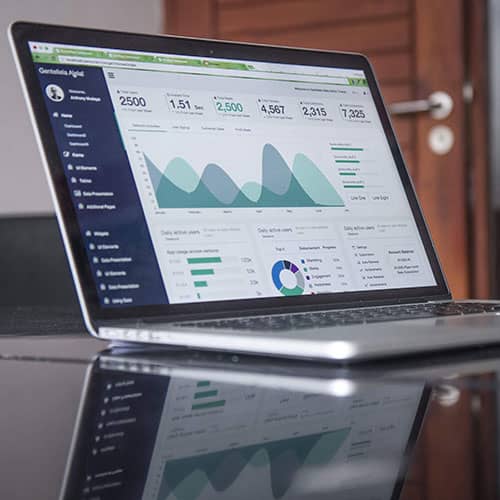Google Ads continues to innovate, offering new features and tools to help businesses optimize their ad performance. Among the latest updates is the ability to gain impressions on Display and YouTube Ads while paying only for actual sales. This feature enhances performance-based targeting, combining the visual power of display and video formats with precision targeting for better ROI.
Let’s dive into how to make the most of these features.
Display and YouTube Ads
What Are Display and YouTube Ads?
- Display Ads: Paid visual placements that appear on Google’s Display Network next to content relevant to the target audience.
- YouTube Ads: Video and display formats tailored to YouTube’s platform, aimed at brand awareness and influence targets.
Key Features:
- Brand Awareness: Popular for driving visibility and influence.
- Strategic Placement: Ads appear alongside YouTube’s video player, particularly on desktop.
- Diverse Formats: Ads can include animations, images, and more.
Why It Works:
Google’s vast data on user behavior—from search queries to media consumption—enables precise targeting. The algorithm identifies potential buyers and displays ads when they are most likely to convert, maximizing ROI.
Performance-Based Targeting for Display and YouTube Ads
Pay Only for Sales
With performance-based targeting, businesses can focus on conversions rather than impressions, ensuring cost-effectiveness.
Benefits:
- Lower reach than CPM or TrueView campaigns but higher incremental conversions.
- Budget control while driving measurable results.
- Ads are displayed only to audiences identified as ready to convert by Google’s algorithm.
How to Make It Work for Your Business
- Use Smart Display with Automated Bidding
- Implement tCPA (Target Cost Per Acquisition) or tROAS (Target Return on Ad Spend) bidding strategies.
- These automated bidding strategies optimize bids based on your defined goals, blending the benefits of Smart Display with control over your campaigns.
- Leverage Audience Analysis
- Use tools like SEISO to audit and refine your Google Ads campaigns.
- Target audiences like “similar converters” or “custom intent on your competitors.”
- Analyze audience performance to identify the most relevant groups for your product or service.
- Optimize for the Algorithm
- Focus on creating relevant and engaging ads tailored to your audience.
- Ensure your products or services resonate with the target audience to drive a virtuous cycle of conversions.
Conclusion
The latest updates to Google Ads empower businesses to maximize ad performance by paying only for conversions while leveraging advanced targeting on YouTube and the Display Network. By adopting strategies like Smart Display, tCPA/tROAS bidding, and audience analysis, you can drive better results with controlled spending.



